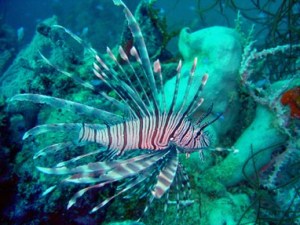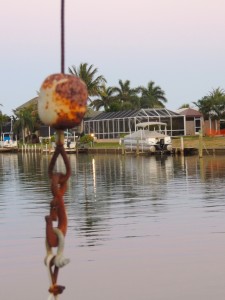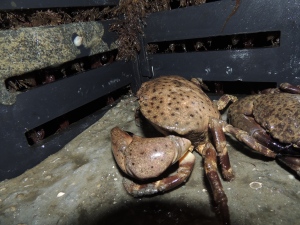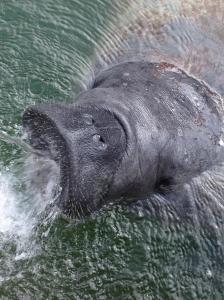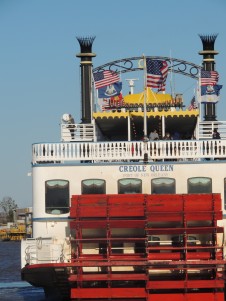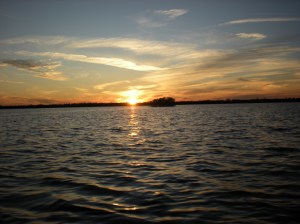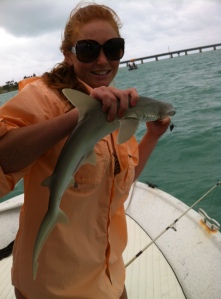A University of Florida researcher sees no end in sight for the eradication of the invasive fish in Florida waters that has been taking a lion’s share of reef habitats.
Tom Frazer, professor and interim director of the school of natural resources and environment, was published in this year’s issue of Reviews in Fisheries Science that shows troublesome lionfish may never be removed from Florida’s coastline reefs but may be kept under control in targeted areas.
Frazer’s research took place on Little Cayman Island with the Central Caribbean Marine Institute based out of Princeton University. The group studied the threats posed by lionfish to the reefs there such as eating native fishes and potentially reducing biodiversity in the ecosystem, he said.
The spiny, ornate lionfish were identified off the coast of Florida in the 1980s, Frazer said. Since then, they have skyrocketed in numbers and have now spread to Caribbean and South American waters as well as the Gulf of Mexico.
The creatures were first seen within Bloody Bay Marine Park on Little Cayman Island in 2008, he said.
The research done by Frazer’s team off Little Cayman Island was conducted over several months in 2011. The group measured and dissected the stomachs of lionfish removed off of 11 reef sites by local dive masters, he said.
Voracious and venomous predators, these fish victimize valuable juveniles of native species such as grouper and snapper, he said.
The dissection was done to find whether bigger lionfish have different diets than the smaller, he said. Frazer’s research shows that smaller lionfish eat shrimp, a much less economically valuable resource.
The reason lionfish are such a threat to the reef ecosystems is they are prolific breeders, Frazer said. A mature female has the ability to lay tens of thousands of eggs every two to three days.
The growth rate of lionfish is so quick that scientists struggle to study them before maturity.
Adults have no known predators, Frazer said.
The REEF Headquarters director of special projects, Lad Akins, said derbies have been held throughout Florida in an attempt to keep the lionfish population under control. In these competitions, divers and snorkelers try to catch as many fish as possible in a given time frame using spears or nets.
This year’s tournament in Key Largo hosted 11 teams that brought in 461 lionfish, he said. The largest of the fish was 410 millimeters long. Prizes were given for the most fish caught, the largest and the smallest.
The event was September 8.
Akins added the effort to maintain control of the lionfish population in Florida and Caribbean waters must be sustained over time in order to work.
Similar derbies have been hosted in Palm Beach and Broward counties, according to the REEF Headquarters website.
In a phone interview, Florida Wildlife Conservation Commission public information specialist
Amanda Nalley said the possibility of completely eliminating lionfish is unlikely because they swim to depths that prevent divers from capturing them.
Because of the increase in lionfish numbers, a temporary change has been made in the regulations for lionfish fishing, she said. The change allows non-licensed divers to go after the species as long as they use equipment approved by the FWC such as pole spears, Hawaiian slings or other lionfish-specific devices.
The limit for unregulated fish is two fish or 100 pounds per day, whichever is more.
Commercial fish harvesters have no such limit but must report their catch, Nalley added. These harvesters are also helping the cause by going after lionfish even if the fish are a by-catch caught along with their commercial game. Lionfish can weigh up to 2.6 pounds.
“I think that in order to make a significant impact on lionfish the effort will have to be sustained for a very long period of time and I’m hoping that, when we identify the locations that are most important, we can allocate the resource that is needed through that effort,” Frazer said.

